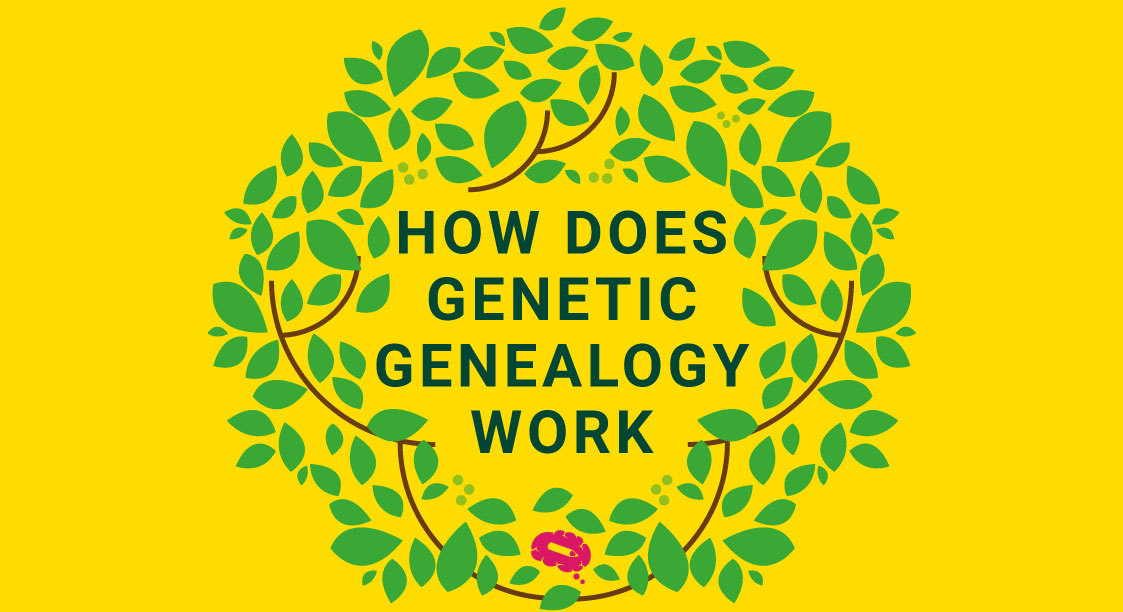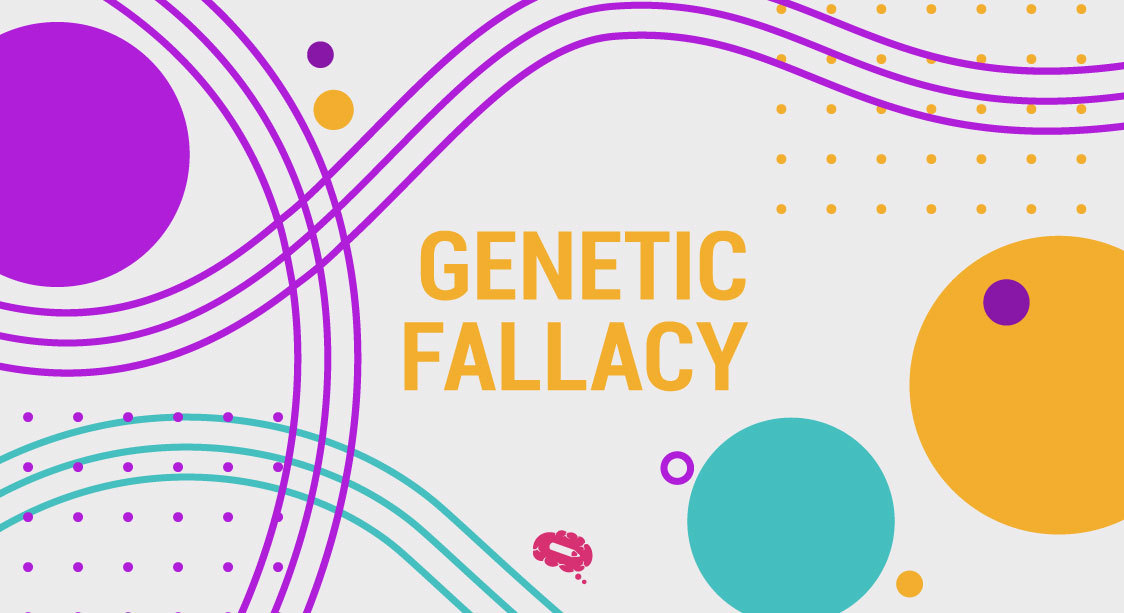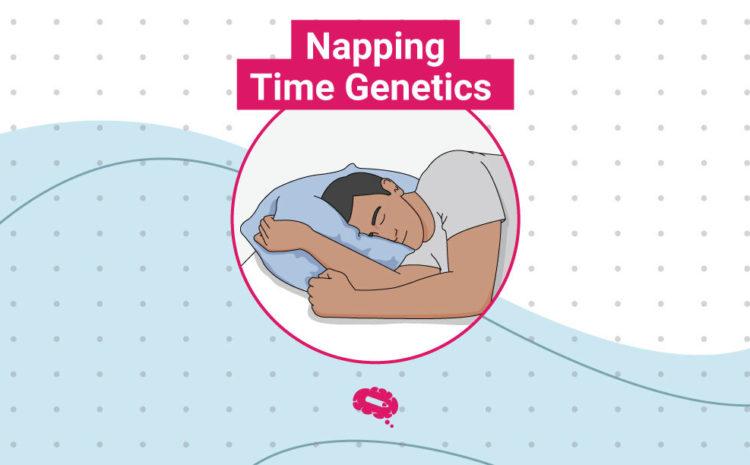As human beings, we have an innate curiosity to learn about our past and understand where we come from. The study of genealogy has been around for centuries, helping people to trace their family history and discover their ancestral roots. With the advent of modern technology, genetic genealogy has become an increasingly popular way to solve the mysteries of our genetic heritage. In this article, we will explore the world of genetic genealogy, explaining what it is, how it works, and how it can help us uncover the secrets of our ancestry.
What is a genetic genealogy and what is its purpose?
Genealogy is the study of family history and lineage, and genetic genealogy is a relatively new field that uses DNA testing to help individuals trace their genealogical relationships with others. The purpose of genetic genealogy is to help people identify their ancestry and locate living relatives who share their genetic material. Genetic genealogy has become vastly popular in recent years due to the widespread availability and affordability of DNA testing. Analyzing the DNA of individuals can help provide insights into the past and present of one’s family history.
How does genetic genealogy work?
Genetic genealogy works by comparing the DNA sequences of different individuals to determine their shared ancestry. There are several types of genetic genealogy tests, including Y-DNA testing, mitochondrial DNA (mtDNA) testing, and autosomal DNA (atDNA) testing.
Y-DNA testing
Y-DNA testing analyzes the Y chromosome, which is passed down from fathers to their male children unchanged. This makes Y-DNA testing particularly useful for tracing patrilineal ancestry and determining genetic relationships among male individuals who share a common paternal ancestor. It is commonly used in genealogy research to identify and confirm paternal lineage. This test can be used in forensic investigations to identify male suspects or victims, as well as in medical research to study the genetic basis of male-related diseases.
mtDNA testing
Mitochondrial DNA (mtDNA) testing is a type of genetic testing that analyzes the DNA in the mitochondria, which are organelles within cells that are responsible for producing energy. mtDNA is inherited only from the mother, making it particularly useful for tracing maternal lineage and determining genetic relationships among individuals who share a common maternal ancestor. It can also be used in investigations to identify individuals, particularly in cases where only degraded or small amounts of DNA are available, as well as in medical research to study the genetic basis of mitochondrial diseases.
atDNA Testing
Autosomal DNA (atDNA) testing analyzes the DNA from the 22 pairs of chromosomes that are not the sex chromosomes (X and Y). These chromosomes are called autosomes, and both males and females inherit them from both parents, so atDNA testing can be used to determine genetic relationships among individuals, including both maternal and paternal ancestry. AtDNA testing is commonly used in genealogy research to identify and confirm relationships between individuals, such as siblings, cousins, and more distant relatives. It can also be used in medical research to study the genetic basis of complex diseases that are influenced by multiple genes.
Understand the genetic genealogy testing
How does genetic genealogy work? Genetic genealogy testing provides a powerful tool for tracing genealogical relationships and identifying possible relatives based on shared DNA. However, it is important to note that genetic genealogy testing is not a foolproof method and can be limited by the quality and quantity of DNA samples, as well as the accuracy of genealogical databases.
To perform a genetic genealogy test, DNA samples are collected from the individuals who wish to trace their genealogy. This can be done using a variety of methods, such as a cheek swab or a saliva sample. The DNA samples are sent to a laboratory for analysis.
In the laboratory, the DNA sequences of the samples are analyzed and compared to those of other individuals in a genealogical database. The DNA sequences are then used to identify shared genetic markers or segments of DNA, which can be used to determine how closely related two individuals are.
Genetic genealogy is a fascinating field that has the potential to shed light on one’s family history and connect individuals with their genetic relatives. However, it is important to approach genetic genealogy testing with caution and to carefully consider the potential risks and benefits before deciding to undergo testing.
Communicate, integrate and bring people and processes together
The Mind the Graph platform is a powerful tool that helps scientists and researchers communicate their findings in a visually compelling and engaging way. The platform allows users to create stunning scientific illustrations, diagrams, and infographics that are not only aesthetically pleasing but also highly informative. With a user-friendly interface and a vast library of pre-made templates, images, and icons, even those with limited design experience can quickly create professional-grade visual content. Additionally, the platform allows for easy customization, enabling users to tailor their graphics to their specific needs and research.

Subscribe to our newsletter
Exclusive high quality content about effective visual
communication in science.





